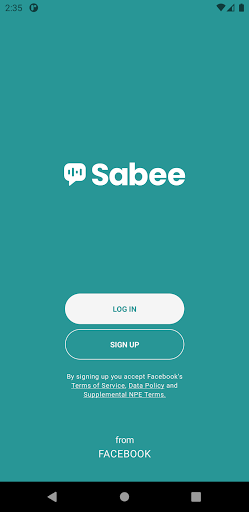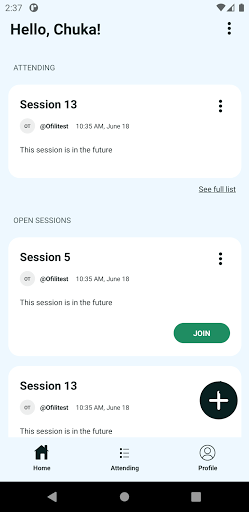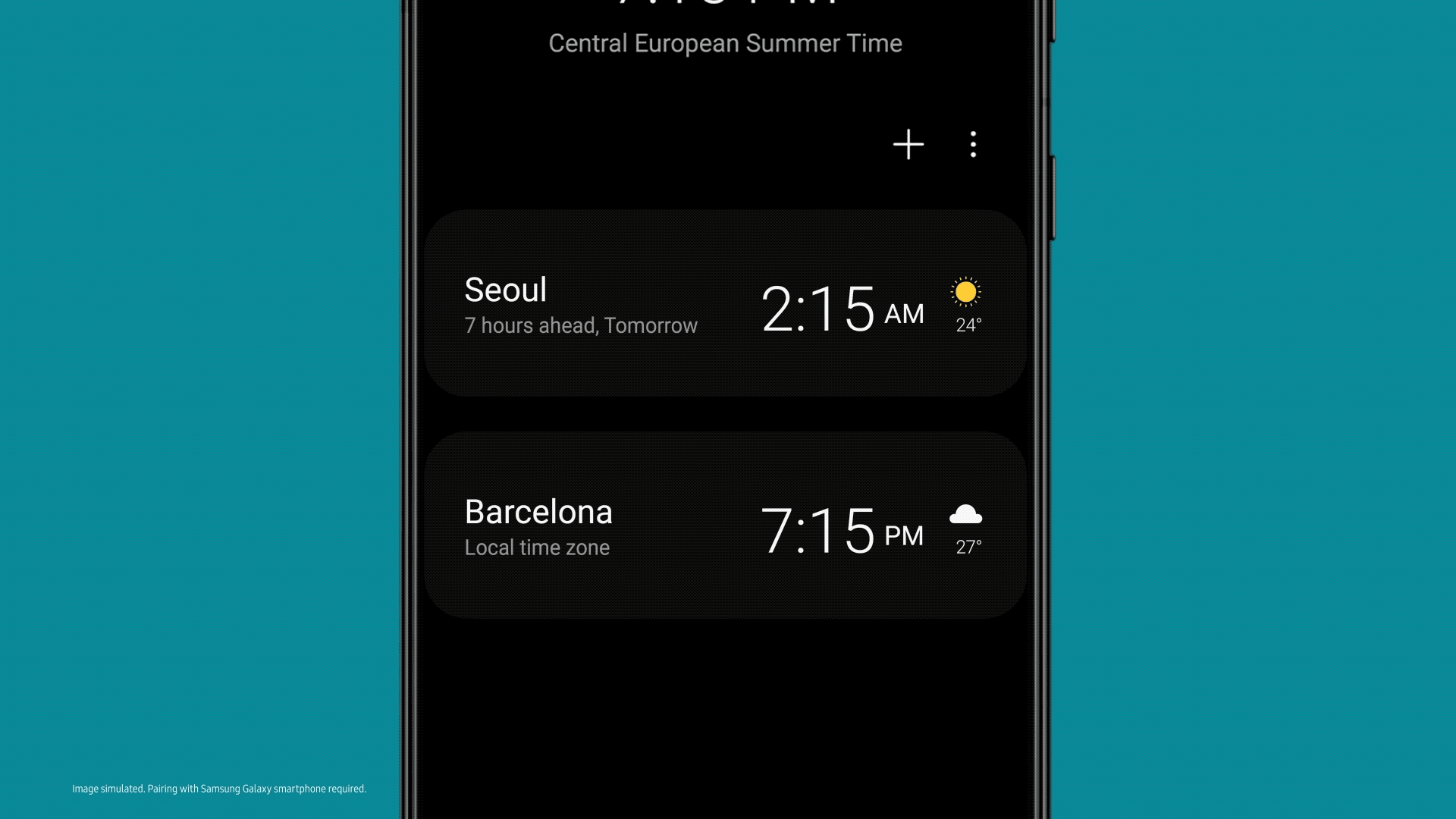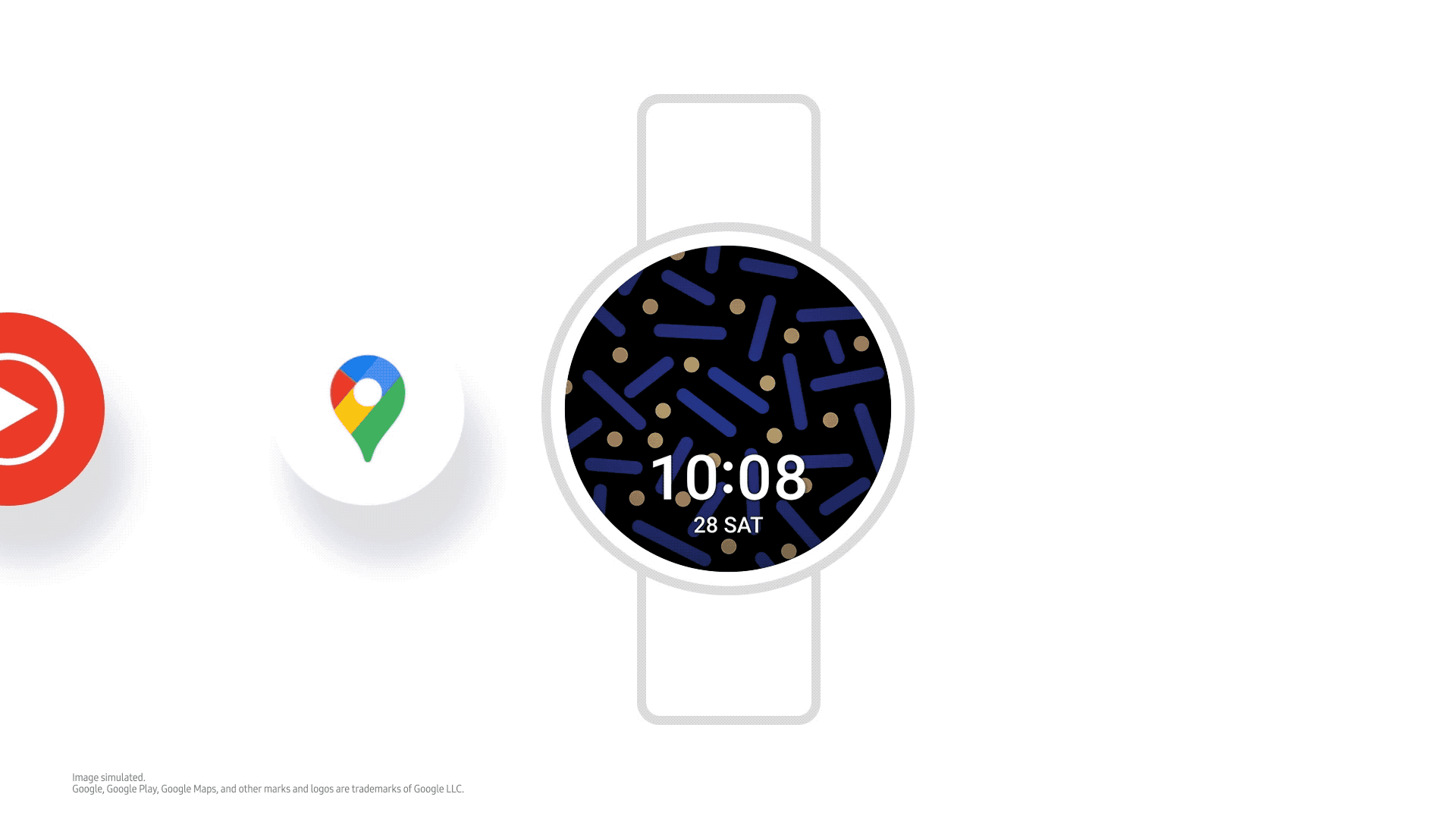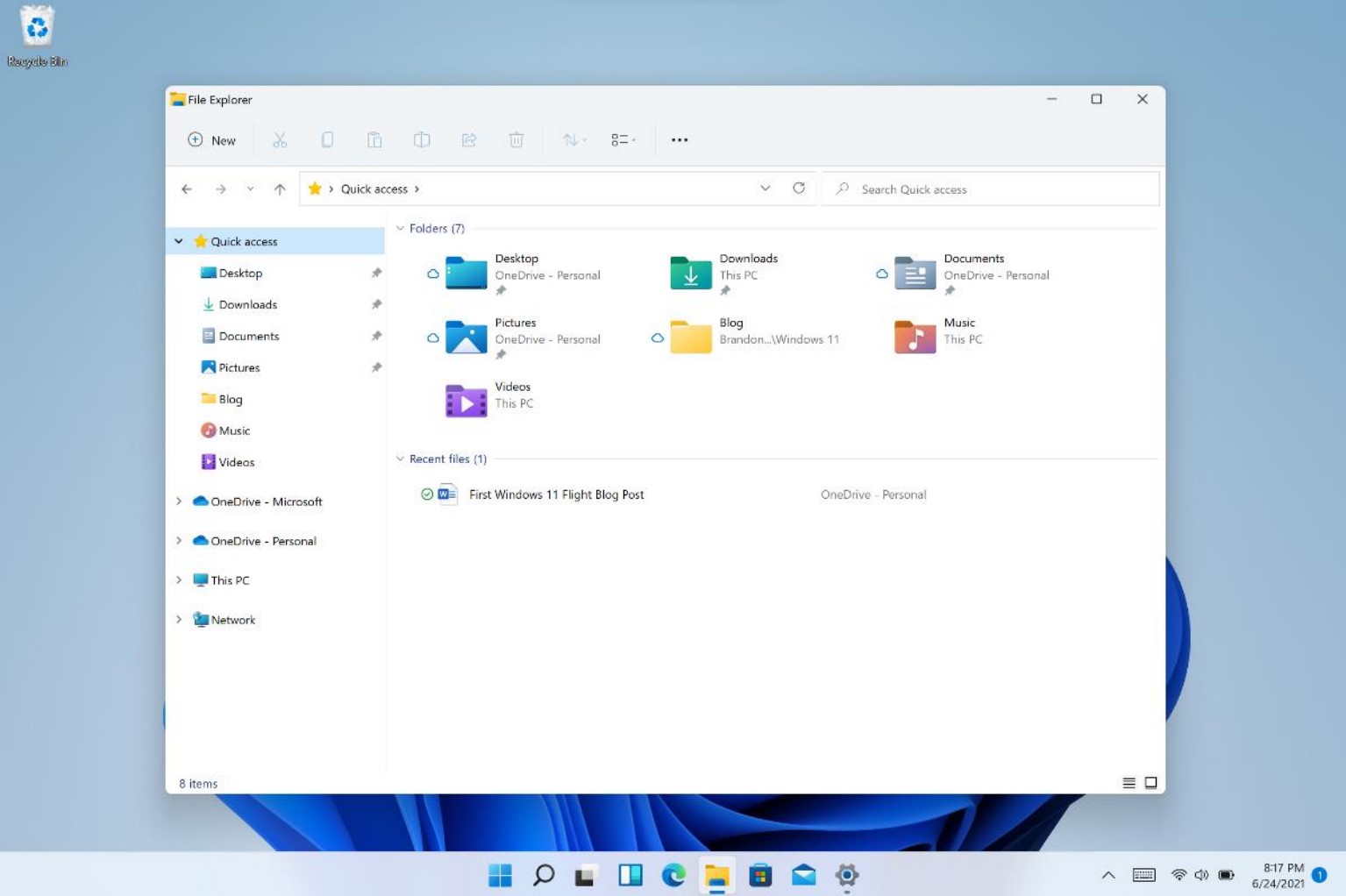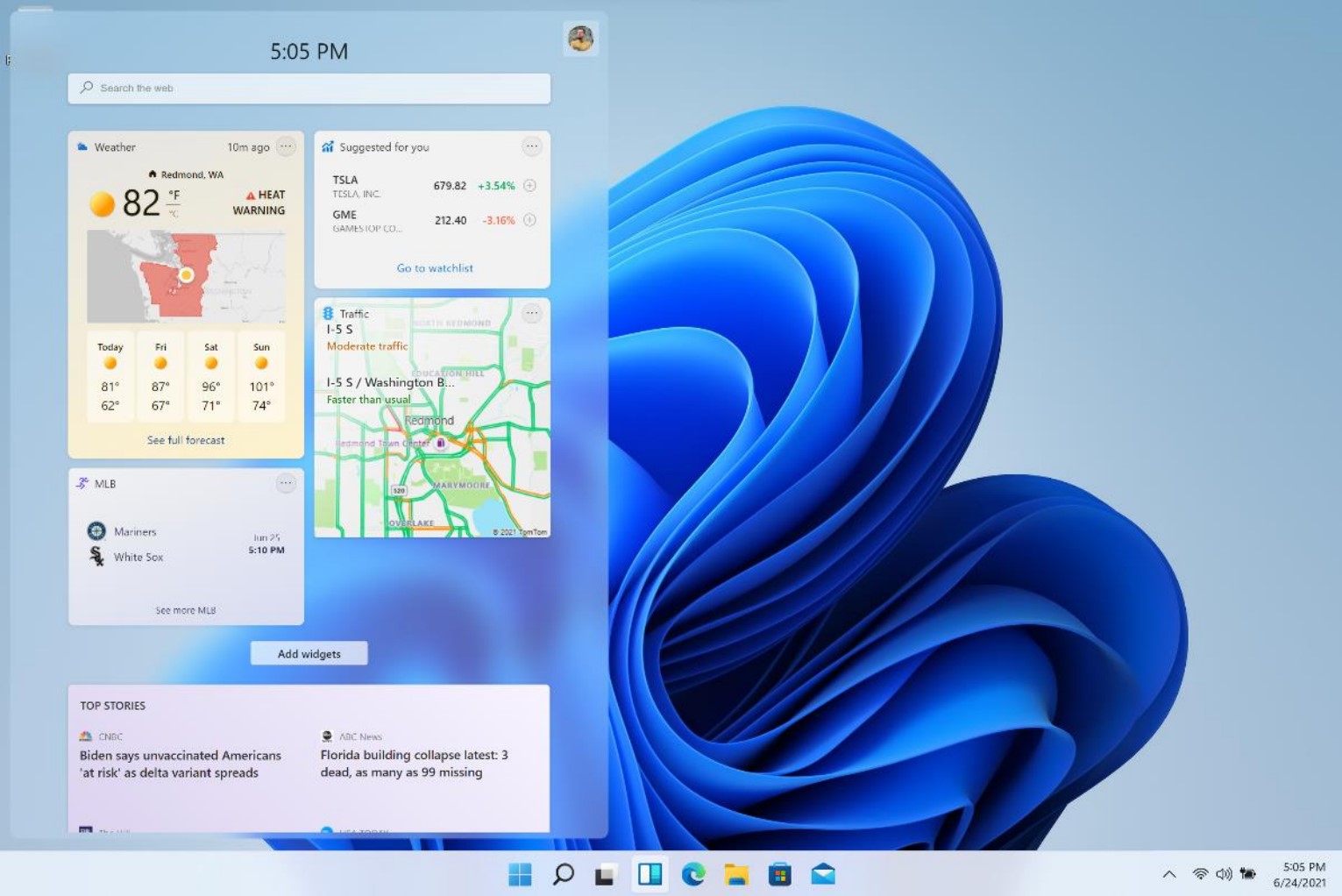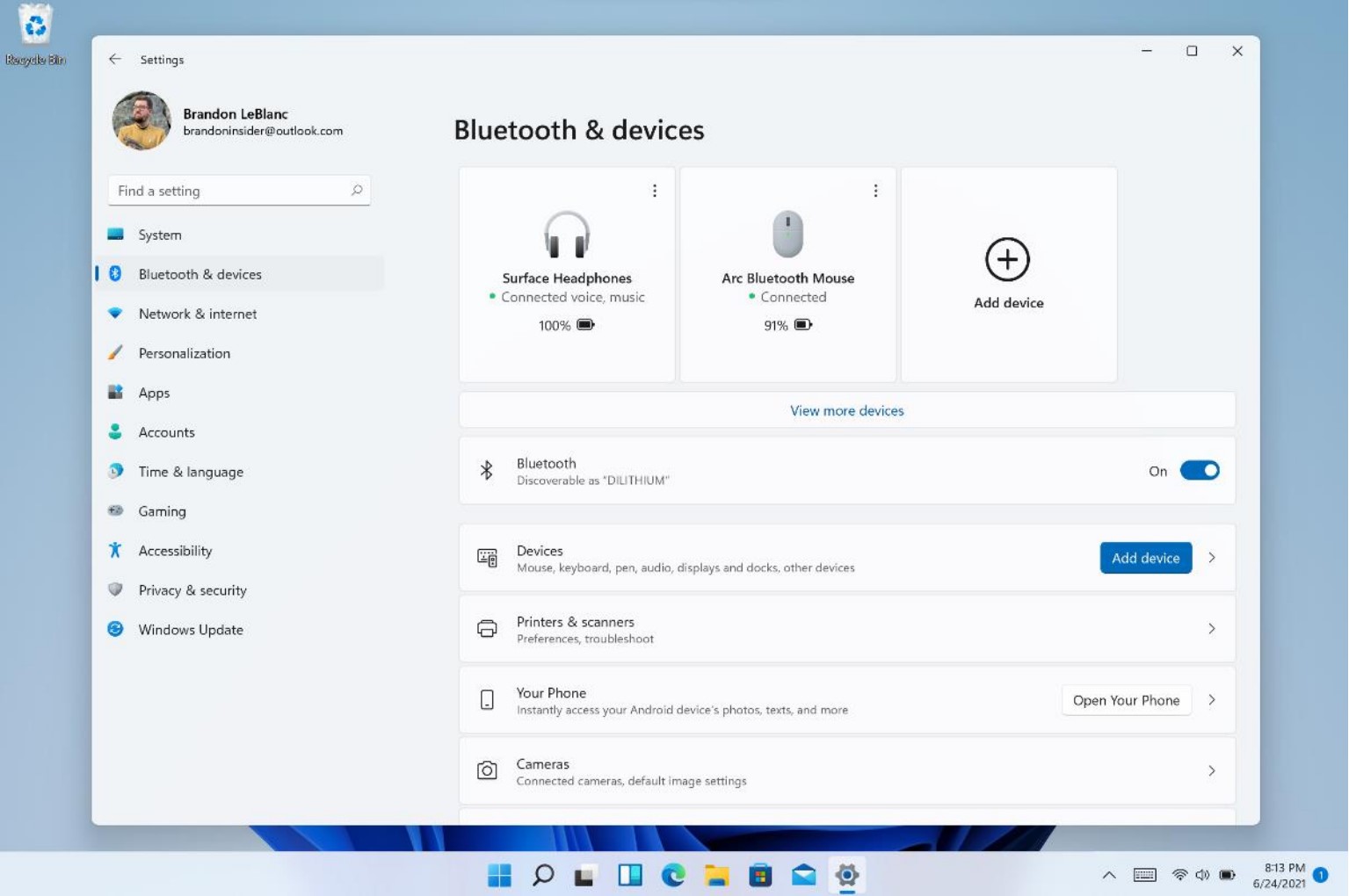Nigel Morris is the co-founder and managing partner of
QED Investors.
The road to entrepreneurship is never easy. The process is stressful and requires a tremendous amount of hustle, risk-taking and comfort with ambiguity. The sacrifices are innumerable, and they sometimes come at the expense of a person’s mental health.
Founders often find themselves in situations where they are under-resourced and overcommitted. While it’s exciting to chase a dream, the weight of responsibility — to employees, investors and customers — can feel overwhelming.
Compounding this issue is the reluctance many founders have to disclose how they’re feeling to those closest to them for fear that they will be perceived as a “failure” or ill-equipped to perform their job. Imagine for a moment that a founder is struggling with addiction or substance abuse because of the demands and pressures of running their company. Now imagine compounding the worry and anxiety by having to reveal something like this to investors.
Michael Freeman, a psychiatrist and former CEO who serves on the faculty of the University of California San Francisco School of Medicine, investigated the prevalence and characteristics of mental health conditions among entrepreneurs.
Founders are twice as likely to suffer from depression, six times more likely to suffer from ADHD, three times more likely to suffer from substance abuse and twice as likely to have suicidal thoughts than a demographically matched comparison.
He concluded founders are twice as likely to suffer from depression, six times more likely to suffer from ADHD, three times more likely to suffer from substance abuse and twice as likely to have suicidal thoughts than a demographically matched comparison. Freeman found that entrepreneurs are 50% more likely to report having a mental health condition, with some specific conditions being incredibly prevalent among founders.
The statistics are eye-opening, but the real, tangible impact can be truly devastating.
I say all the time that if I have a sore arm or a sore shoulder, I’ll come into work and I’ll whine about it. But if I couldn’t sleep last night or I’m paranoid about going outside or I’ve been taking too many sleeping pills or drinking too much wine, I won’t talk about it.
I’ll say that I’m going to my doctor to get my shoulder fixed, but I won’t say that I’m going to talk to my therapist.
At QED Investors, we experienced the terrible results of this silence firsthand. In 2018, we lost our partner Greg Mazanec after a long battle with substance abuse. Since then, we’ve been working with Greg’s family to determine how we can do our part to prevent others in the VC and startup worlds from suffering the same fate.
I can’t speak highly enough of Greg, both as a personal friend and a colleague. He was the definition of an amazing human being — an orthogonal thinker, tenacious, brilliant, quirky. We lost him far too soon. Today, we carry him around on our shoulders.
We had a team of 15 people at the time, so you can imagine how close everyone was. I swore to myself and to his family that I would talk about him wherever I had the chance. So, whenever I get in front of LPs or my portfolio companies, I bring this issue out into the open to tackle this corrosive stigma head-on.
Taking mental health discussions out of the shadows can massively change the trajectory of outcomes. Our world of venture capital is replete with people who are going through these kinds of difficulties, even before the COVID-19 pandemic exacerbated people’s fears and worries. People have felt increasingly isolated, depressed, anxious and helpless. Some may have turned to opioids or another form of addiction or substance misuse.
The research is clear — support from friends, peers and colleagues is pivotal in conquering mental illness. As companies start returning to the office or adopting a home-office hybrid, organizations have a real chance to refocus their company cultures, destigmatize addiction and make mental wellness a priority. This is a unique window to focus on this disease.
The Mazanec family created Operation Lighthouse to address substance abuse and addiction in the ecosystem most dear to Greg — the founder and entrepreneur community. It was the easiest of decisions for QED to lean in heavily to support this wonderful initiative.
Earlier this year, QED piloted a program called Just Five with three of our portfolio companies. Created by national mental health nonprofit Shatterproof, Just Five delivers, in 5 minutes per lesson, the most important concepts and facts regarding addiction.
Today, we are excited to roll out that same self-paced and anonymous educational program free of charge to more than 16,000 employees across all 50 of QED’s U.S.-based portfolio companies.
This program’s intent is to provide mental health education and catalyze informed discussion to ultimately reduce stigma.
Over the course of the year, we intend to expand the reach of this program to our international portfolio companies, as well as to other VCs who might wish to support their founders. A Spanish-language version is already planned.
Each of the six lessons has a specific theme. The first two lessons touch on the science of addiction and how certain factors such as age of first use, genetics and environment can explain why some people become addicted and others do not.
The middle lessons explain the dangers of opioids and the signs, symptoms and treatment options for substance abuse, while the final topics touch on ways people can help. The majority of the overwhelmingly positive feedback we have received so far has been centered around those final two lessons. We learned something that we anecdotally already knew — people want to help, but those who need help the most don’t always know how to ask for it.
I’ve taken every opportunity I’ve had to discuss mental health over the past few years. I truly believe that if you destigmatize it, people can deal with it. It’s a solvable problem. Just like your sore shoulder, it can be fixed. We just have to do a better job at creating a culture where people can take the first step and speak openly about it.
We can — we must — make a difference. Have your voice join mine.


